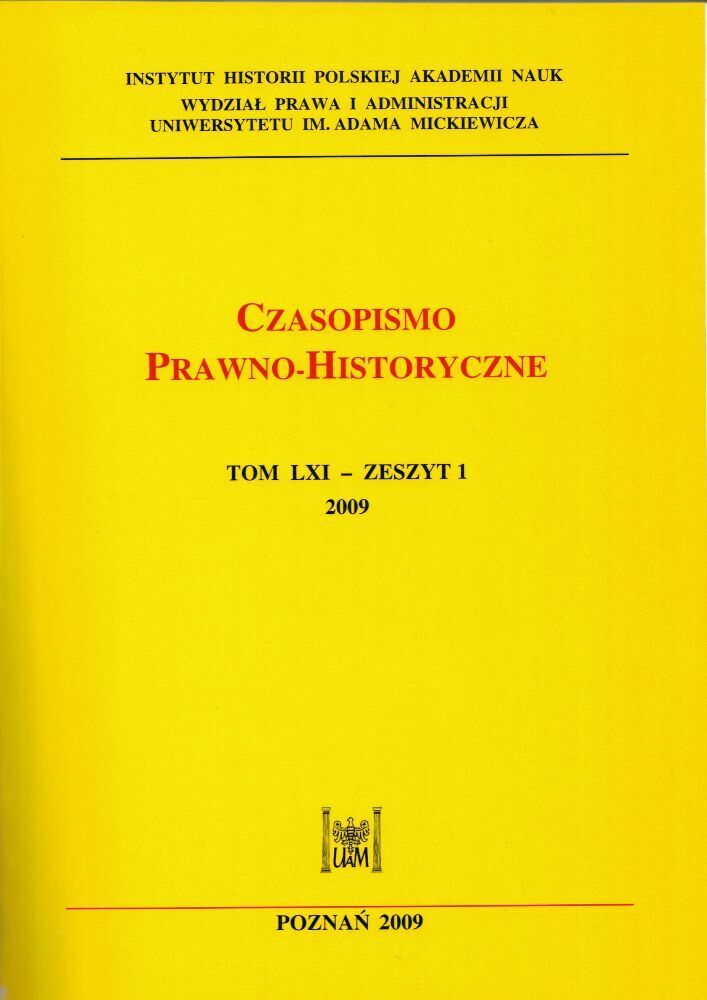Abstrakt
The Catholic Church, while discharging – from the very beginning – its religious mission in the world, governs itself with its own legal order. Initially, but for a relatively short period of time, the Christians sought for the principles of their Christian life exclusively in the Revelation. There came however the epoch in which the guidelines for these principles were derived also from the provisions that were ever more frequently issued by the Church authorities. Since the propotion of these provisions systematically grew there appeared a natural tendency, continued throughout centuries, to compile the Church law collections. The tendency toward the inroduction of unification among the accumulating norms reached its climax in the Decretals of Gregory IX (1234). On the other hand the Corpus Iuris Canonici, composed of six original collections, and annouced by Pope Gregory XIII in 1582 was not awarded the status of official collection. It was only in the 20th century that there came to being the appropriate circumstances for the creation of the codification in the modern sense. These circumstances enabled Pope Pius X to embark upon the codification undertaking. The latter was completed by Pope Benedict XV's publication of the Code of Canon Law in 1917. In 1963, Pope John XXIII, while following the line launched by aggiornamento of Vatican Council II, initiated the revision of the Code of canon law. To reach that goal he appointed a special commission of cardinals, supported by the collegium of consultants (experts in canon law). The labour over the revision and simultaneously the codification of canon law, undertaken after the Council ended its sessions, were a long and complex process. There participated in it also the consulting agencies such as inter alia the episcopates of particular countries as well as the departments of theology and canon law of Church Universities. While preparing the new Code of canon Law, the codifiers took into consideration the recommendations and directives issued by Vatican Council II as well as the rich post-Council legislation. What however made up the major source for the discussed undertaking was the Code of Canon Law of 1917, this being the expression of faithfulness toward the canonical tradition. The codification work of Pope John XXIII was continued by Popes Paul VI and John Paul I but it was only John Paul II who managed to bring the work to an end. After almost 20 years of the codifiers' arduous labour the Polish Pope announced the new Code of canon law. This was done on the 25th of January 1983 (the Code being in effect from the 27th of November of 1983). The ceremonious presentation of the Code, made with the participation of the supreme legislator in the Church, took place on the 3rd of February of the same year.
Finansowanie
Digitalizacja i Otwarty Dostęp dofinansowane przez Ministra Edukacji i Nauki w ramach umowy nr BIBL/SP/0002/2023/1
Licencja
Copyright© 2009 Wydział Prawa i Administracji UAM w PoznaniuOPEN ACCESS




